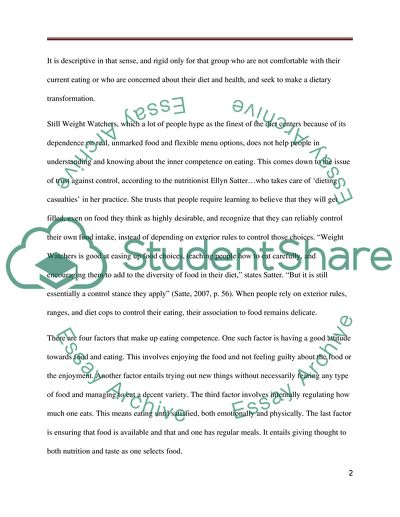Cite this document
(“Dietary Quality and Eating Competence Term Paper”, n.d.)
Dietary Quality and Eating Competence Term Paper. Retrieved from https://studentshare.org/health-sciences-medicine/1603114-the-purpose-of-this-proposed-research-study-is-to-examine-the-association-of-food-security-eating-competence-and-distorted-eating-to-dietary-quality
Dietary Quality and Eating Competence Term Paper. Retrieved from https://studentshare.org/health-sciences-medicine/1603114-the-purpose-of-this-proposed-research-study-is-to-examine-the-association-of-food-security-eating-competence-and-distorted-eating-to-dietary-quality
(Dietary Quality and Eating Competence Term Paper)
Dietary Quality and Eating Competence Term Paper. https://studentshare.org/health-sciences-medicine/1603114-the-purpose-of-this-proposed-research-study-is-to-examine-the-association-of-food-security-eating-competence-and-distorted-eating-to-dietary-quality.
Dietary Quality and Eating Competence Term Paper. https://studentshare.org/health-sciences-medicine/1603114-the-purpose-of-this-proposed-research-study-is-to-examine-the-association-of-food-security-eating-competence-and-distorted-eating-to-dietary-quality.
“Dietary Quality and Eating Competence Term Paper”, n.d. https://studentshare.org/health-sciences-medicine/1603114-the-purpose-of-this-proposed-research-study-is-to-examine-the-association-of-food-security-eating-competence-and-distorted-eating-to-dietary-quality.


